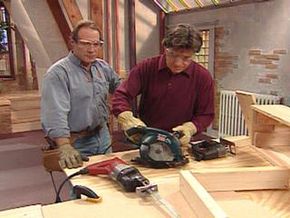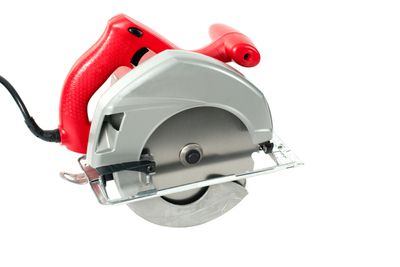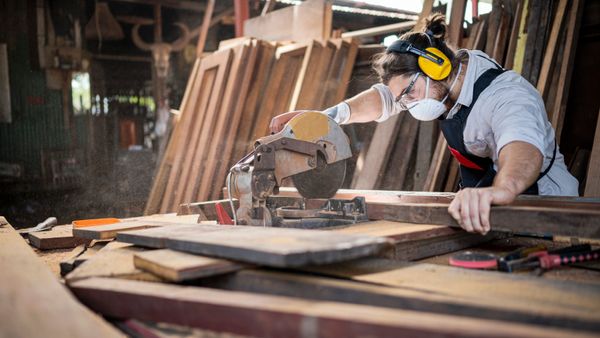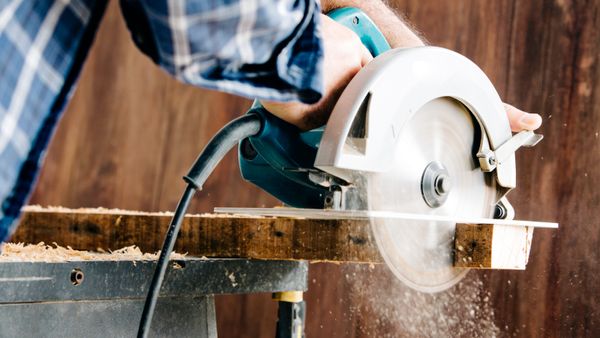Combination circular saw blades are the most commonly used blades because they’re multipurpose. That's how they got their name -- because they can be used for a combination of purposes. Combination blades can be used for ripping (cutting with the grain), crosscutting (cutting across the grain) or mitering (cutting beveled edges to make a corner or joint) hardwoods, softwoods, plywood and veneers. Combination blades are perfect for home handymen and hobbyists whose projects don't have to be perfect and who don't want to buy two saws or spend a lot of time changing blades.
The way a circular saw blade's teeth are shaped and configured determines how it cuts. A ripping blade has flat-top (FT) teeth to remove material quickly and efficiently without creating too many chips or splinters. A crosscutting blade has alternate top bevel (ATB) teeth that alternate between right-hand and left-hand bevels. This creates a knife-like effect and therefore a smoother, cleaner cut. A combination blade has a combination tooth configuration with groups of five teeth -- four ATBs and one FT -- and a large gullet after each group. A gullet is a space cut into the blade that allows for chip removal. Generally, a ripping blade has deep gullets, and a crosscutting blade has shallower ones. A crosscutting blade has large gullets between groups of teeth and smaller ones between individual teeth in a group.
Advertisement
The way a circular saw blade's teeth are shaped and configured determines how it cuts. A ripping blade has flat-top (FT) teeth to remove material quickly and efficiently without creating too many chips or splinters. A crosscutting blade has alternate top bevel (ATB) teeth that alternate between right-hand and left-hand bevels. This creates a knife-like effect and therefore a smoother, cleaner cut. A combination blade has a combination tooth configuration with groups of five teeth -- four ATBs and one FT -- and a large gullet after each group. A gullet is a space cut into the blade that allows for chip removal. Generally, a ripping blade has deep gullets, and a crosscutting blade has shallower ones. A crosscutting blade has large gullets between groups of teeth and smaller ones between individual teeth in a group.



